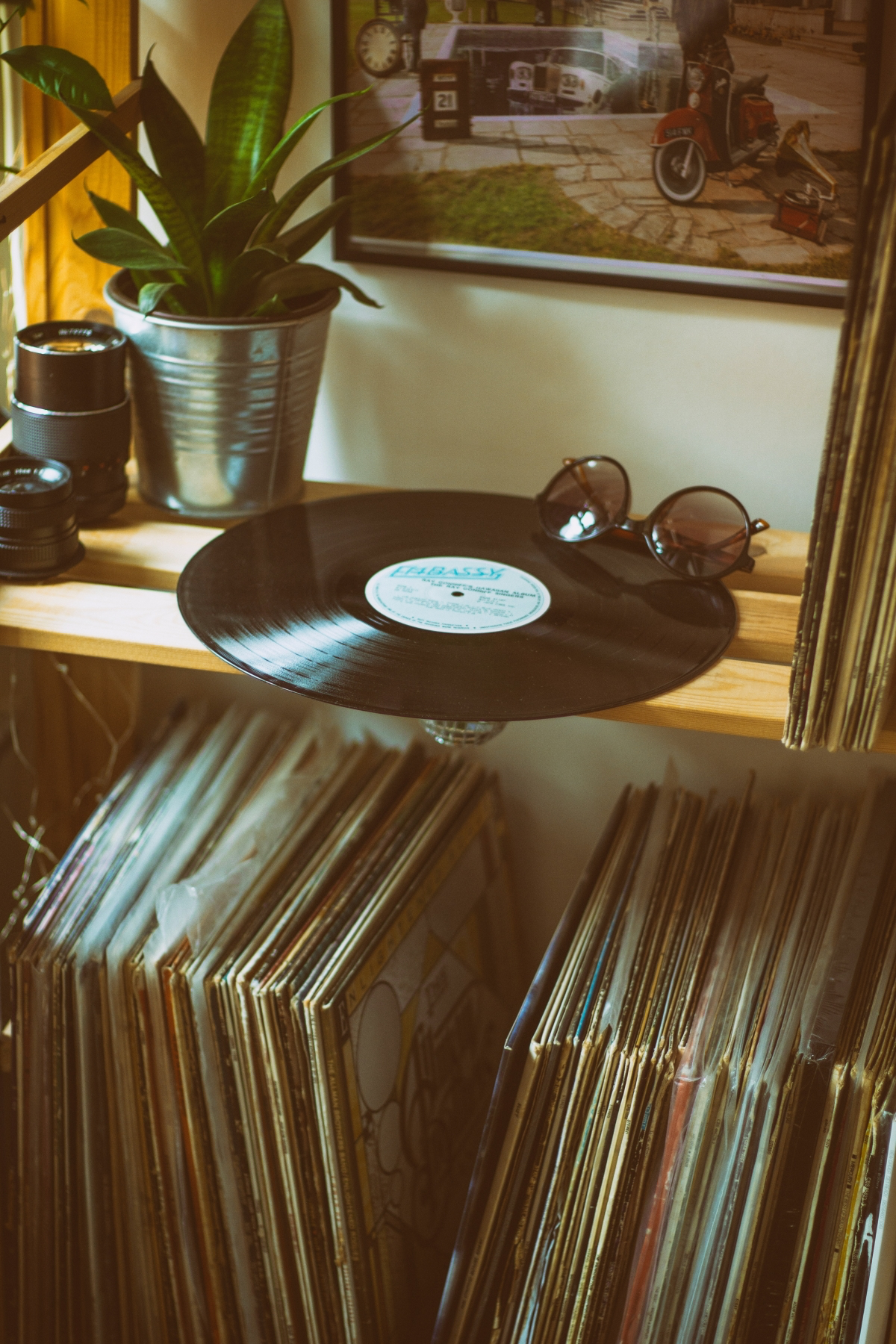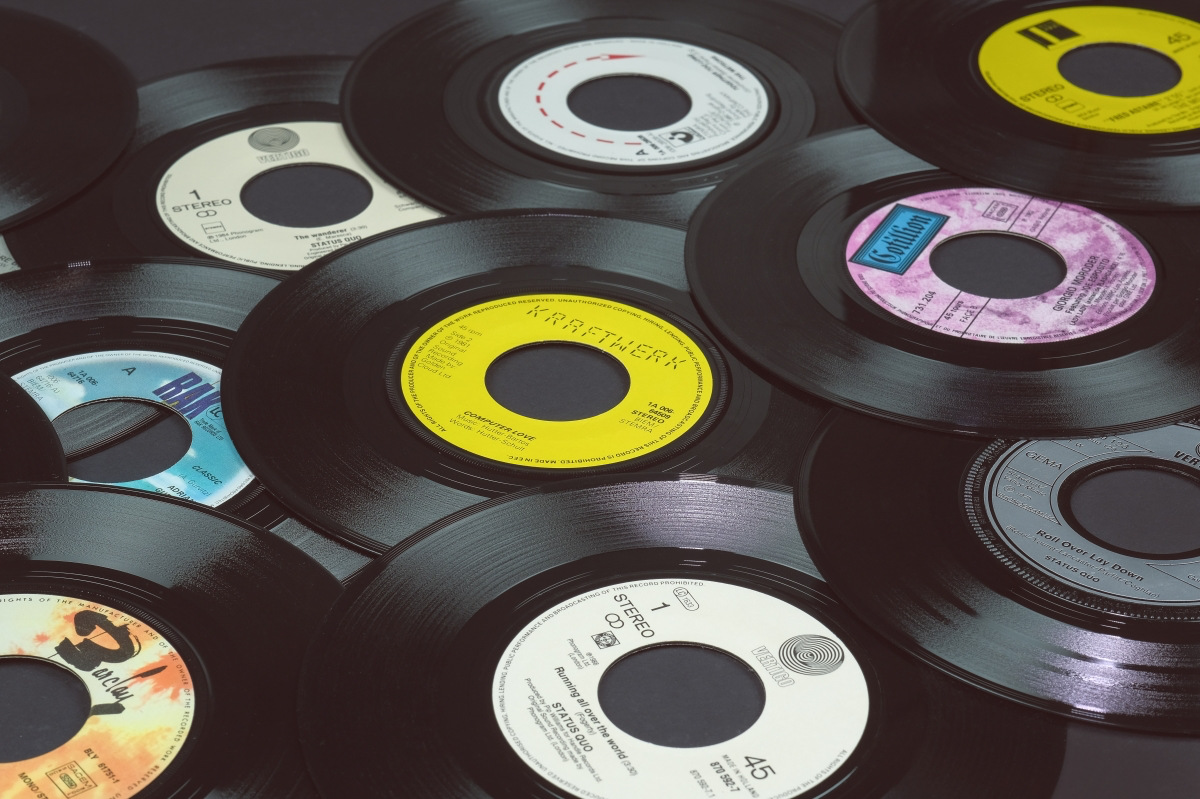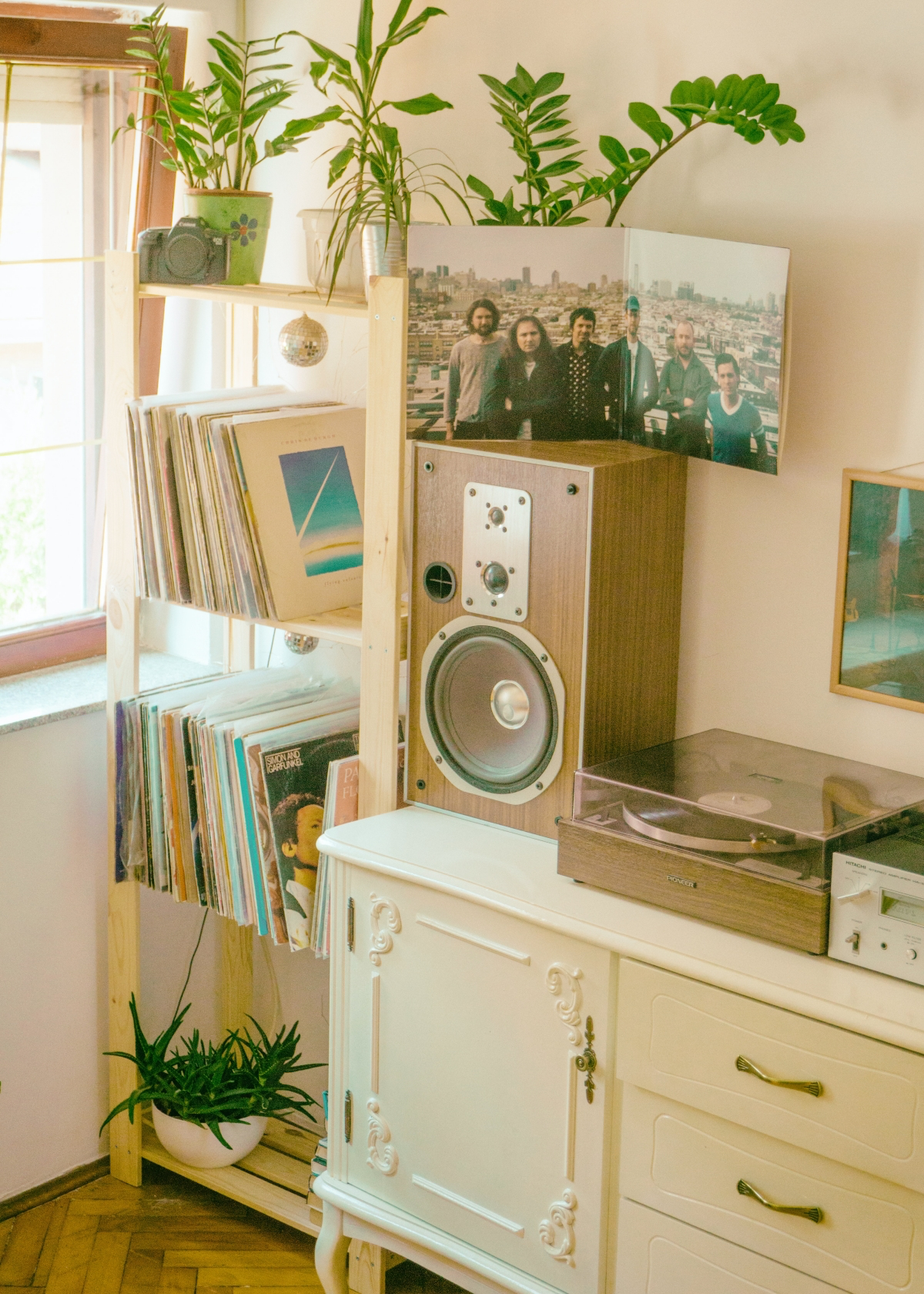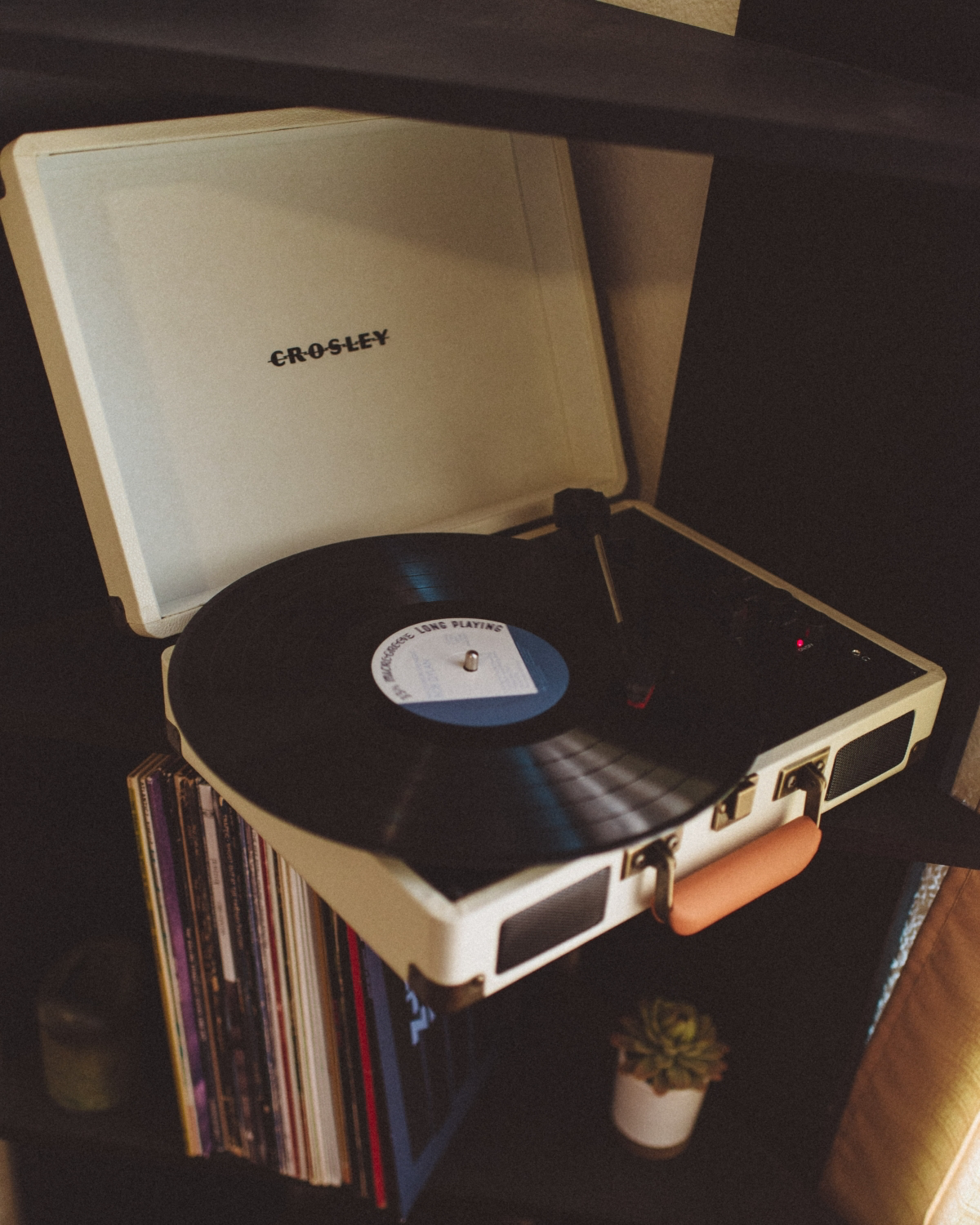Stop Ruining Your Records: A Collector’s Guide to Proper Vinyl Storage
I can still feel the buzz of bringing home my first real turntable. It wasn’t just about playing music anymore; it was the start of a deep-dive into collecting. What started with a few hand-me-down albums from my dad quickly spiraled. Before long, I had stacks of vinyl leaning against walls and tucked into corners—a total mess. But more than that, it was a huge risk. I learned the hard way that proper storage isn’t about being tidy. It’s about protecting the music and the investment you’ve poured into every single sleeve.
In this article
Over the years, as a collector and someone who builds custom audio furniture, I’ve seen the heartbreaking damage that bad storage can cause. I’ve also perfected some go-to methods for keeping records safe, sound, and ready to spin. This isn’t just theory; it’s practical, real-world knowledge from handling thousands of records. We’re going to cover why vinyl fails, the best ways to protect your collection, and how to pick (or build) the right setup for your space and budget.

First Things First: Your Quickest, Biggest Win
If you’re short on time or feeling overwhelmed, do this one thing today: buy a pack of anti-static inner sleeves. Seriously. It’s the single most impactful and affordable upgrade you can make to protect your vinyl. Replacing those scratchy paper sleeves is a game-changer. A 50-pack of high-quality poly-lined or archival sleeves, like the ones from Mobile Fidelity (MoFi) or Sleeve City, will run you about $25 to $40. It’s the best money you’ll ever spend on your collection.
Why Your Records Are So Fragile
To get why storage matters, you have to know what a record actually is. It’s a disc of Polyvinyl Chloride (PVC), which is just a type of plastic. If you zoomed way in, you’d see a single, continuous groove spiraling toward the center. Your turntable’s stylus reads microscopic bumps in that groove to make sound. These tiny variations are incredibly delicate. The whole system relies on the record being perfectly flat and that groove being pristine. When storage goes wrong, one of those two things has been wrecked.

The #1 Mistake: Stacking Records Horizontally
Let’s talk about weight. A standard 12-inch LP weighs around 120 to 180 grams. That doesn’t sound like much, right? But a stack of just 100 records is pushing 40 pounds. Now imagine 500 records—you’re looking at 200 pounds or more, all focused on a tiny area. Stacking records flat is the absolute fastest way to ruin them.
The pressure on the records at the bottom of the pile is immense, causing the vinyl to bend and deform over time. This leads to warping, or
Inspiration:


What’s the best way to clean my records before storing them?
Forget household cleaners! While it might seem tempting to use a simple alcohol wipe or a spritz of window cleaner, these can cause irreversible damage. Many contain ammonia or high concentrations of isopropyl alcohol that can strip the essential plasticizers from the PVC, making the grooves brittle and noisy over time. Instead, invest in a dedicated kit. A simple carbon fiber brush for daily dust removal and a proper wet-cleaning solution, like the G2 Fluid from GrooveWasher, paired with a microfiber cloth, is the gold standard for deep cleaning without harming your precious vinyl.

More than 90% of record collectors start their storage journey with an IKEA Kallax shelf.
There’s a reason for its popularity: it’s affordable, accessible, and its 13×13 inch cubes are a near-perfect fit for 12-inch LPs. However, for large and growing collections, be mindful of weight. A fully loaded Kallax can hold over 1,000 pounds. To prevent sagging, always orient the shelf correctly (the long, uninterrupted shelves should run horizontally) and consider adding a thin backer board for extra rigidity. It’s the undisputed king of budget storage, but it appreciates a little structural support.
The Final Touch: Outer Sleeves. While the article rightly praises inner sleeves, don’t neglect the outside. Clear, 3 mil polyethylene outer sleeves are your first line of defense against shelf wear, ring wear, and dust. They keep the album art vibrant and protect the cardboard jacket from scuffs as you slide records in and out of your shelf. Brands like Sleeve City offer various fits, including options for thicker gatefold albums, ensuring a snug and protective layer for every record in your library.









